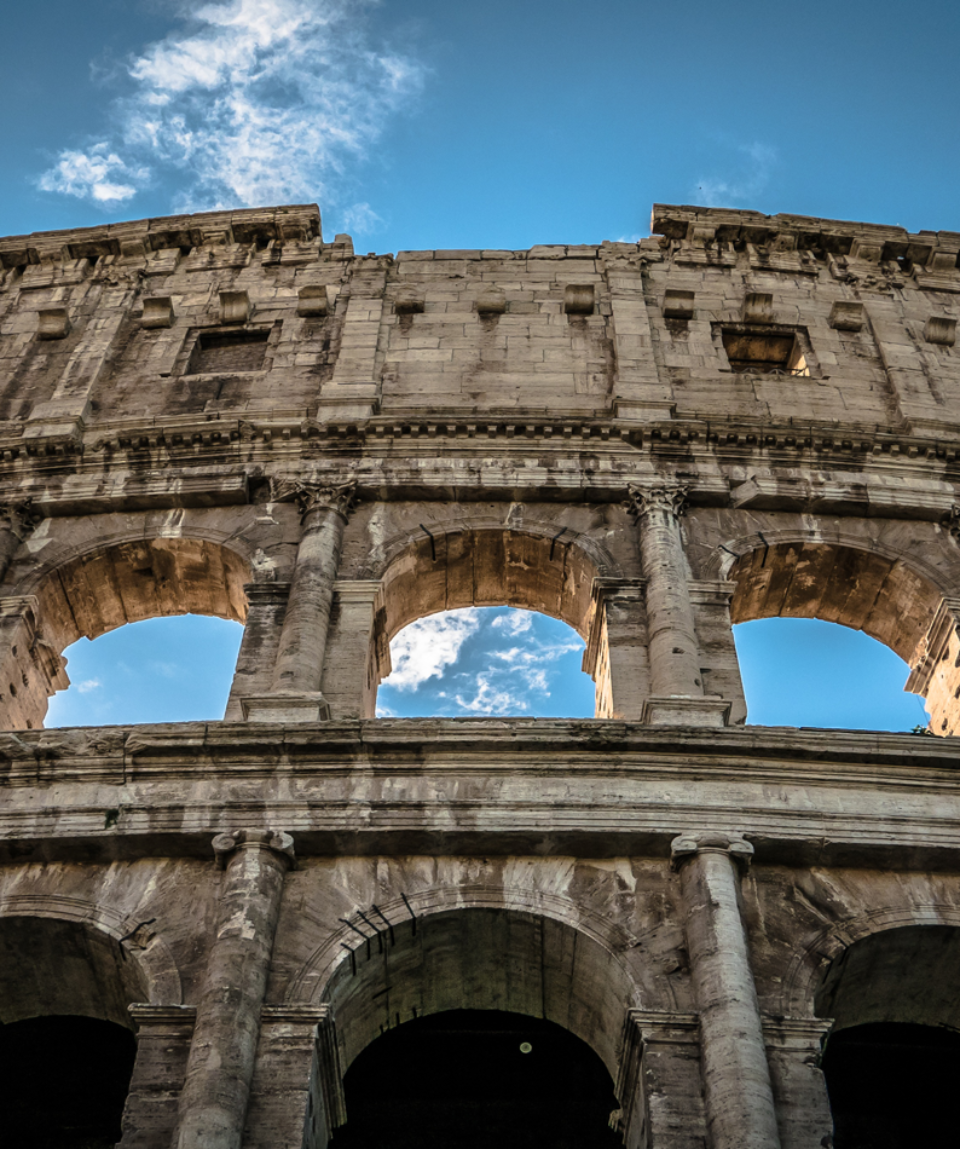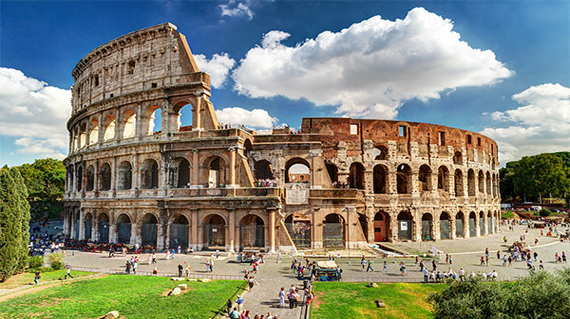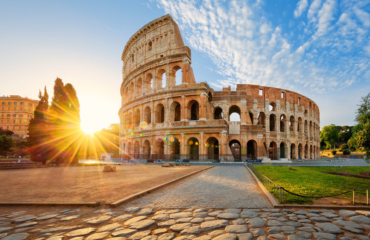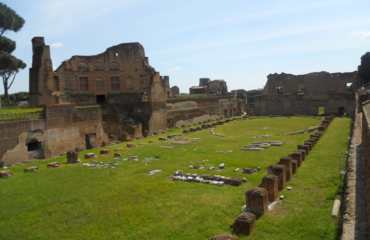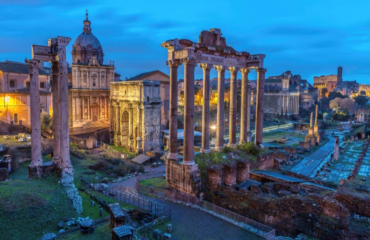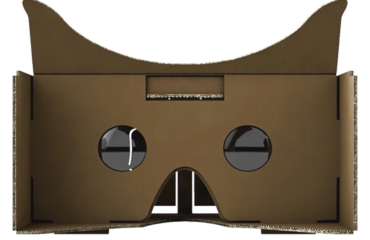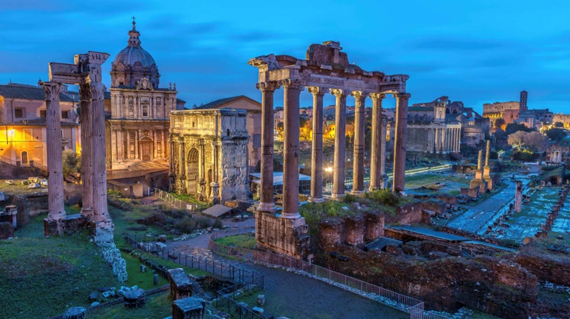
Foro Romano
Era la zona central de la ciudad de Roma, donde se encontraban las instituciones de gobierno, mercado y religión. Entre los monumentos que se encuentran en ésta zona arqueológica, destacar el ”Templo de Saturno”, el ”Arco de Tito” y el ”Templo de Vespasiano y Tito”.


